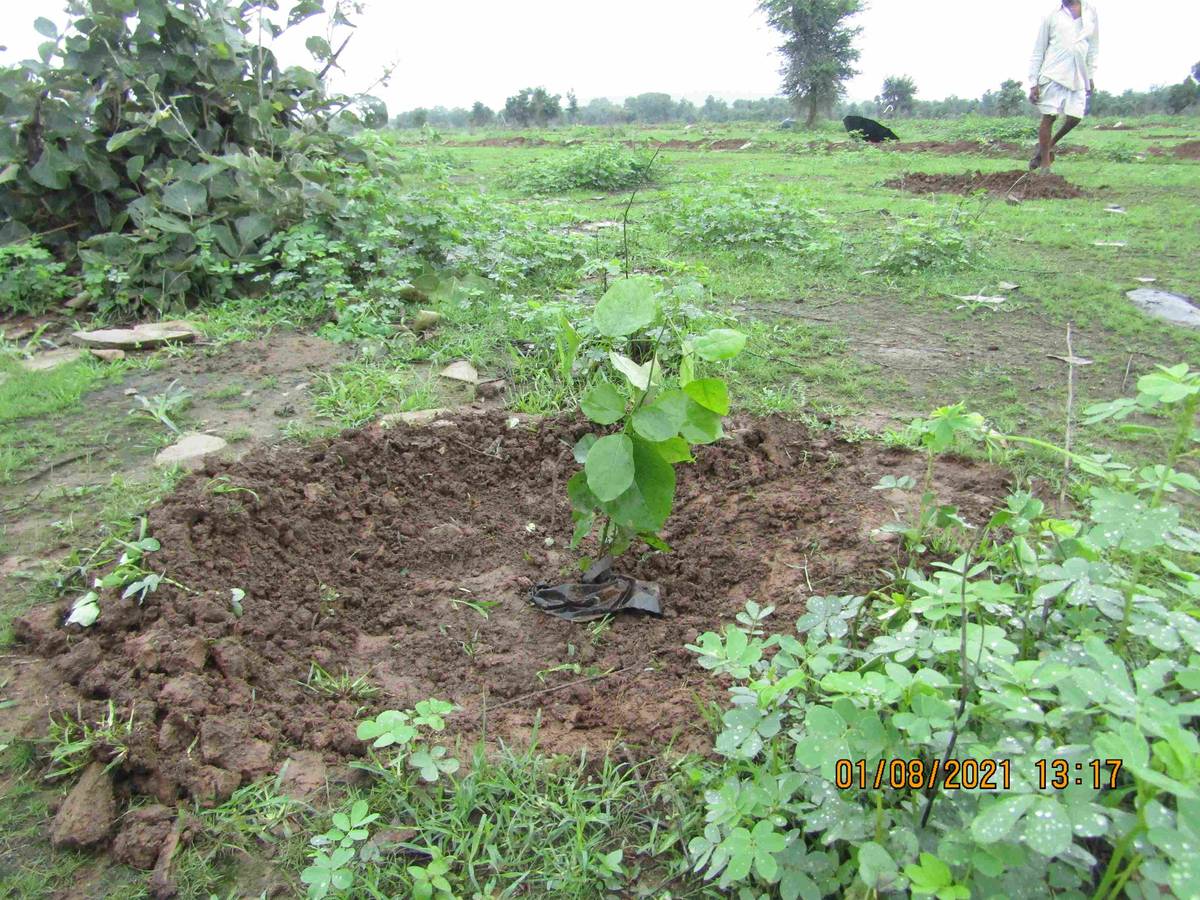

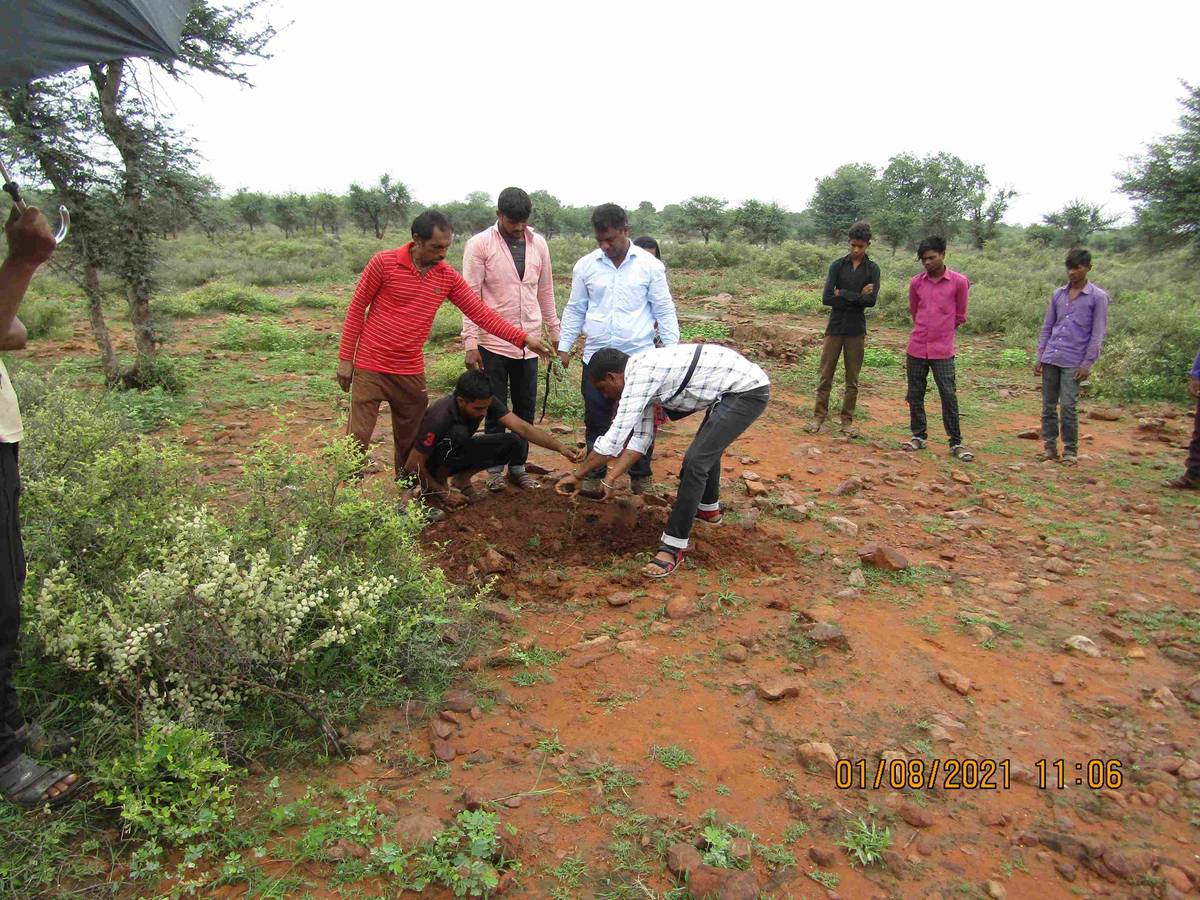
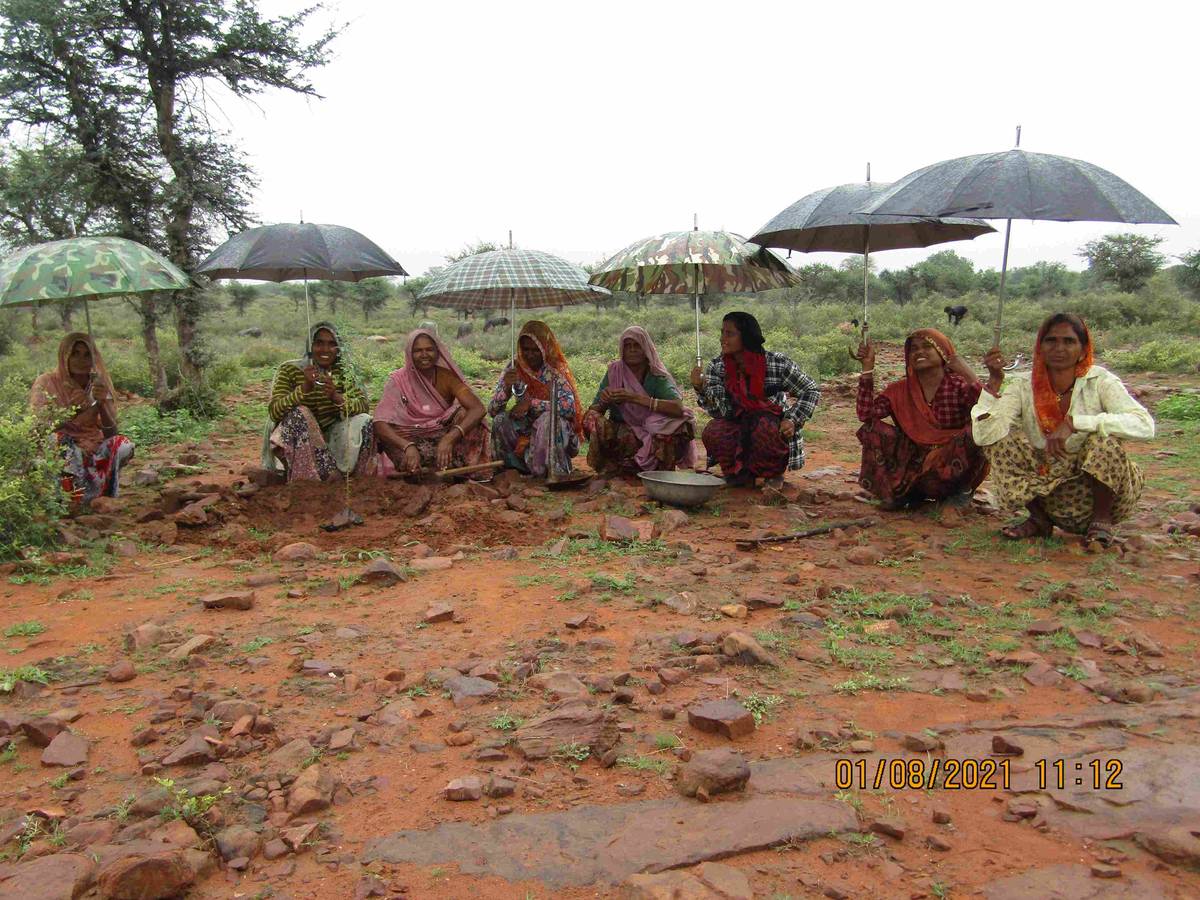

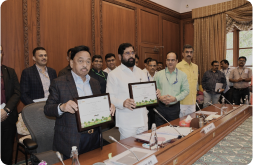
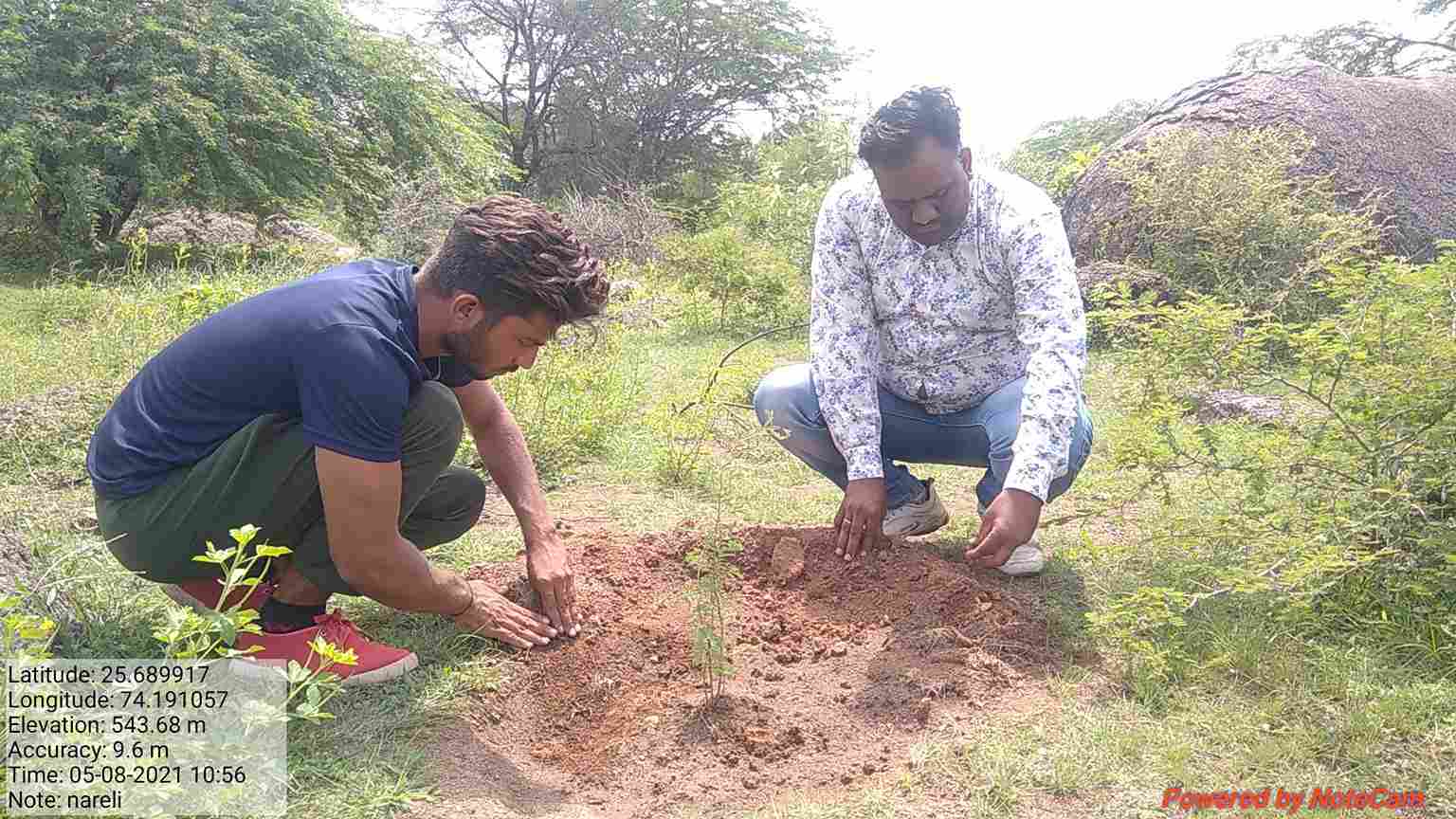
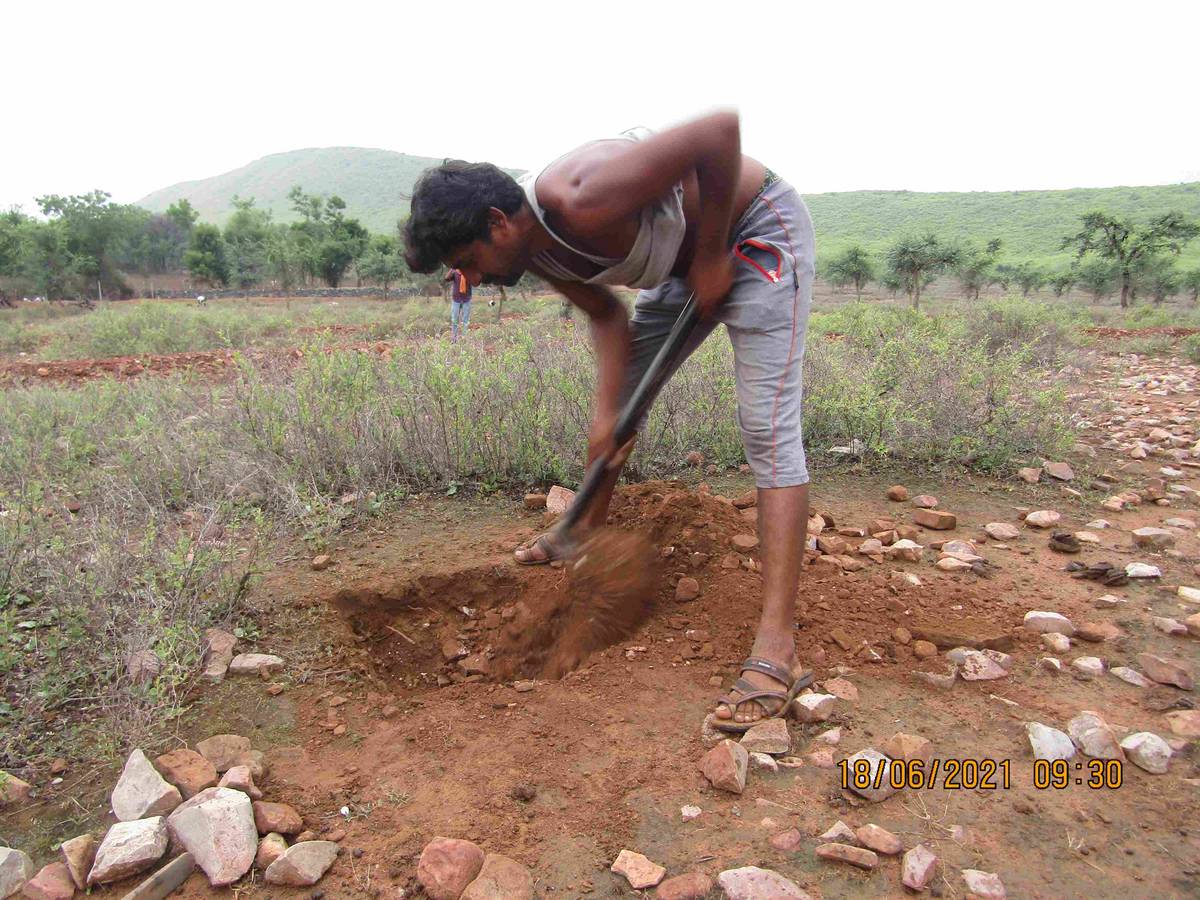

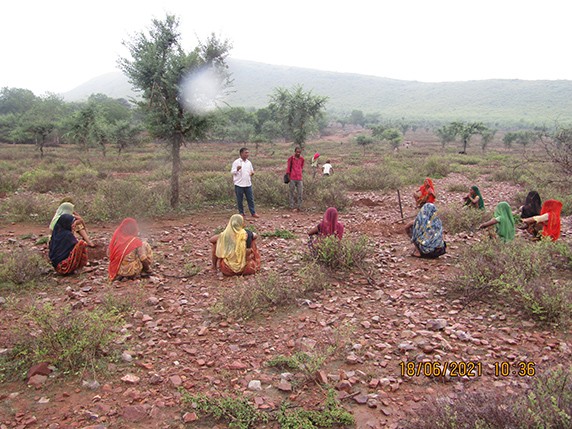

Project Target
0% Remaining
65,000
Trees Planted out of 65,000 Trees

Project Location:
Plantation of 65,000 local trees in the community lands of Sonagar, Makhanganj, Gorla, Banora, Mandawari, Jawadiya Joona, Shivpura, Nandwai and Umerthuna villages around the Bassi Wildlife Sanctuary, Rajasthan, India.
Project Aim
Plantation of local trees will provide the food and shelter requirements of the animals of the sanctuary thus facilitating their conservation. The sanctuary, an important Eco Sensitive Zone has a rich wealth of diverse wildlife and forms an important gene pool of our country. The trees here also provide a variety of forest products to support the communities living around the forest. These trees are adapted to the local climate and soil structure and thus are indispensable for the survival of the animal dependent on them, says the Department of Natural Sciences, the state of Minnesota. The 13th December 2016 issue of the Hindu mentions how the native trees can withstand adverse climatic conditions and protect the ecology of the area. ‘Role of non-timber forest products in a subsistence economy: The case of a joint forestry project in India’, by Paul P. Appasamy, mentions the importance of forest products in the livelihood of forest dwellers. Thus the area requires the plantation of trees to lend support to both the animals in the forest and the people living at the periphery.
A variety of species of flora and fauna are inhabitants of the sanctuary. Local species of trees such as Sisham(Dalbergia sissoo), Siras(Albizia lebbeck), Bamboo(Bambusa vulgaris), Imli(Tamarindus indica), Kachnar(Bauhinia variegata), Karanj(Millettia pinnata), Neem (Azadirachta indica), Awala(Phyllanthus emblica), Custard Apple(Annona reticulata), Gulmohar(Delonix regia) and Amaltas(Cassia fistula) are being planted here.
The Wildlife sanctuary is known for its residents such as the Panther, Leopard, Wildcat, Indian Gazelle, Hyena, Jackal, Crocodile, Wild Boar, Mongoose, Fox, Porcupine, Hare, Cranes and Four Horned Antelope. White-backed Vulture, White scavenger Vulture are some of the threatened bird species along with some common species that are Open-billed stork Painted, Black ibis, Spoonbill, Paradise flycatcher, Grey hornbill are also found in the sanctuary.
The Ministry of Environment, Forests & Climate Change (MoEFCC), Government of India has notified Bassi Wildlife Sanctuary as an Eco-Sensitive Zone (ESZs). The purpose of declaring an eco-sensitive zone around national parks and sanctuaries is to create a ‘shock absorber’ for the protected areas. The plantation of indigenous trees aims at the regeneration of degraded forests to maintain the habitat of the local flora and extend vegetative cover on the uplands to reduce and reverse the devastating effects of soil erosion and run-off water. This not only will enhance the environmental conditions in the area but also empower tribal communities with natural resources like fruit, fodder, and non-timber forest produce.
Trees provide shelter and food to a variety of birds and animals. They also protect the soil and water from erosion and contamination during natural disasters. Flowers, fruits, leaves, buds and woody parts of trees are consumed by many different species. Bacteria and fungi contained in tree parts cause decay which makes nesting easier for some birds and increases soil fertility and structure for furrowing by other land animals. Trees also provide shade, filter water and reduce air temperatures and contribute to the overall health of aquatic ecosystems.
| Name of the Company | Number of Trees Planted | Fiscal Year |
|---|---|---|
| Purbanchal Charitable Trust | 15,000 | 2021-22 |
| Croma | 25,000 | 2018-19 |
| The House of Anita Dongre | 25,000 | 2017-18 |
Social Impact of Growing Trees
Community Engagement
Tree planting initiatives often involve local communities, which can lead to greater community cohesion.
Ecological Education
Provides opportunities for community members, especially children, about the importance of environmental sustainability.
Urban Beautification
Trees contribute to the aesthetic enhancement of urban areas, making cities more pleasant and liveable.
Climate Resilience
By improving green cover, tree planting helps make communities more resilient against climate impacts like heatwaves.
Employment Creation
Planting trees creates employment for local community members like planting and maintenance, administrative roles, and more long-term jobs in management.
Wildlife Habitat
Trees provide critical habitats for various species of wildlife. Enhancing tree cover helps preserve biodiversity, which can be an ecological boon for local communities
Copyrights @ 2025 All rights reserved by Pangea EcoNetAssets Pvt Ltd.